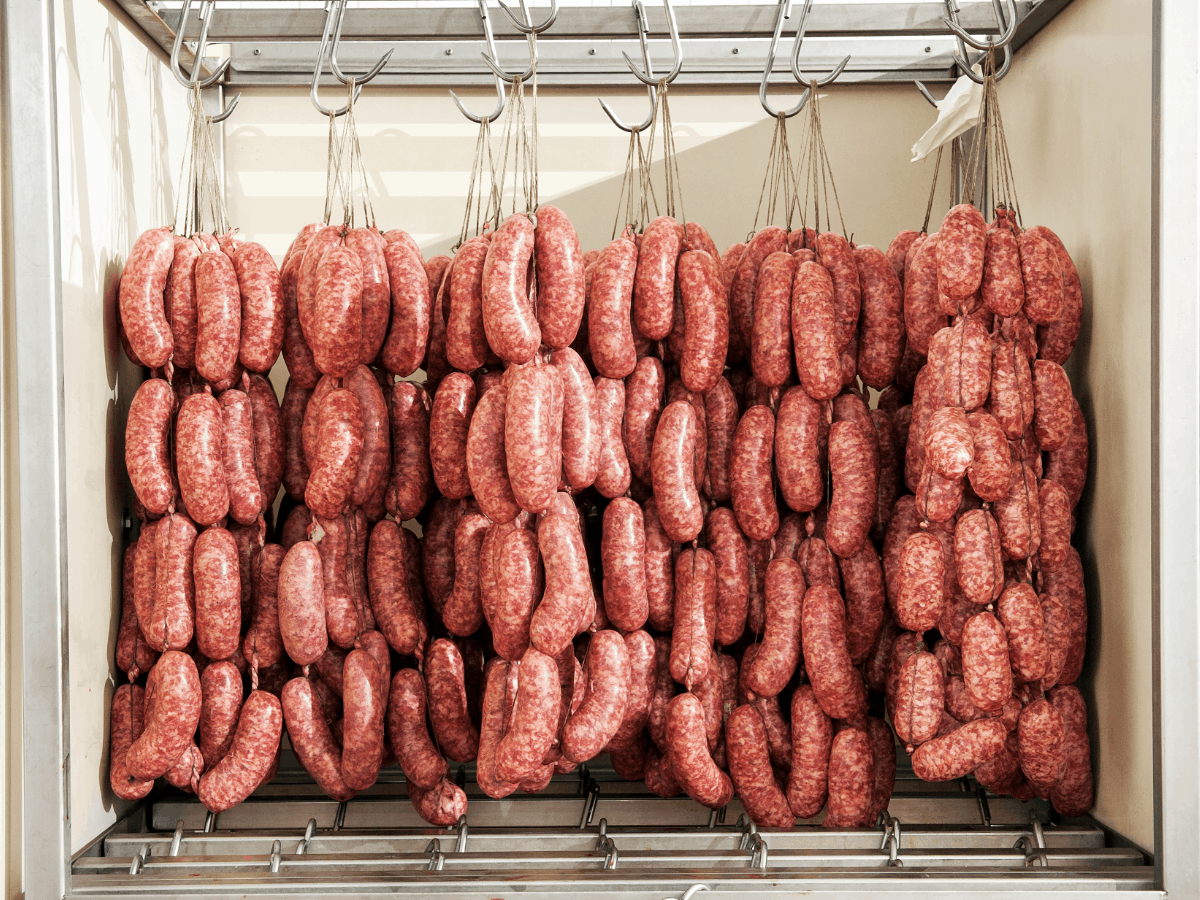Food & Climate
The Dallas Federal Reserve released a new study showing US sausage sales have skyrocketed, hitting historic highs, what does it mean to The to global food security?
Analysts offer a simple explanation: people can’t afford more expensive meat. Sausages, traditionally a cheaper alternative, are now seen as a symbol of an impending recession in the US, according a report seen by “Food & Climate”.
Climate crisis-driven global food security deteriorated between 2019 and 2022 and is even affecting the US
The Climate Crisis and ongoing military conflicts drove an increase in global food insecurity, but extreme weather and rising prices of agricultural products are also problems. The recent rocking rise in US sausage sales is a flashing food insecurity red light, say economists.
According to the latest Global Food Security Index by the Economist Intelligence Unit. The index measures the affordability, availability, quality and safety, as well as sustainability and adaptation of food across 68 indicators in 113 countries, Statista reports.
Food insecurity is not just a lack of products
Food insecurity is not just caused by the lack of products, but also when the price of basics rises above the point where people can afford to buy food.
In a sign of the times, the Dallas Federal Reserve released a study showing US sausage sales have skyrocketed, hitting historic highs, according to “IntelliNews”.
Finland, Ireland and Norway were named as the countries with the highest levels of food security in 2022, while Yemen, Haiti and Syria had the lowest.
The gap between the best and worst performers has been growing since 2019, highlighting the worsening state of inequality in the global food system. The United States comes in rank 13 out of 113, with a score of 78.0.
Food security declined the most drastically between 2022 and 2012 in Syria, falling a total of 10.5 points. It also worsened in nine other countries in that time frame, the worst of which were Haiti (-5.4), Venezuela (-4.9), Colombia (-2.2) and Zambia (-1.8).
According to the EIU, the food system’s wreaking is due to a number of overlapping risks, including volatility in agricultural production, scarcity of natural resources, increasing economic inequality, a rising number of climate-induced shocks such as droughts and floods, as well as trade and supply-chain volatility. Armed conflict too is strongly linked to lower food security scores, affecting not only supply-chain infrastructure but also leading to water, soil or land contamination.
Climate Crisis and military conflicts
As “bne IntelliNews” reported, another study from the United Nations’ World Food Programme (WFP) and the Food and Agriculture Organization (FAO) sounded the alarm as up to 4bn people are now suffering from poor nutrition in some of the poorest countries in the world because of the impact on agriculture by the climate crisis and several ongoing military conflicts.
Fewer people are in immediate danger of starving, but even that number is rising rapidly, according to the WFP.
A paper published in Scientific Reports in June by from the Centre of Excellence for Biosecurity Risk Analysis and the Centre for Environmental and Economic Research, at the University of Melbourne, predicted that over a billion people could be facing starvation by 2050 as a result of the collapse of agriculture if temperatures continue to rise.

The study used three models that came up with unsettling predictions of substantial declines in global food production of some 6%, 10% and 14% to 2050 that will put an additional 556mn, 935mn and 1.36bn into severe food insecurity by 2050 compared to the 2020 model baseline.
“Climate change is a serious threat to food production systems that are highly dependent on water resources and ecosystems, at multiple scales,” the scientists said. “Critical future risks include heat stress and water stress on global food production, and thus food security.”

